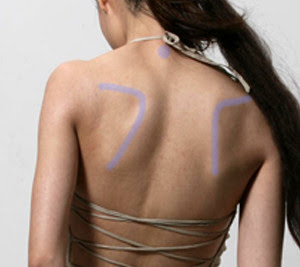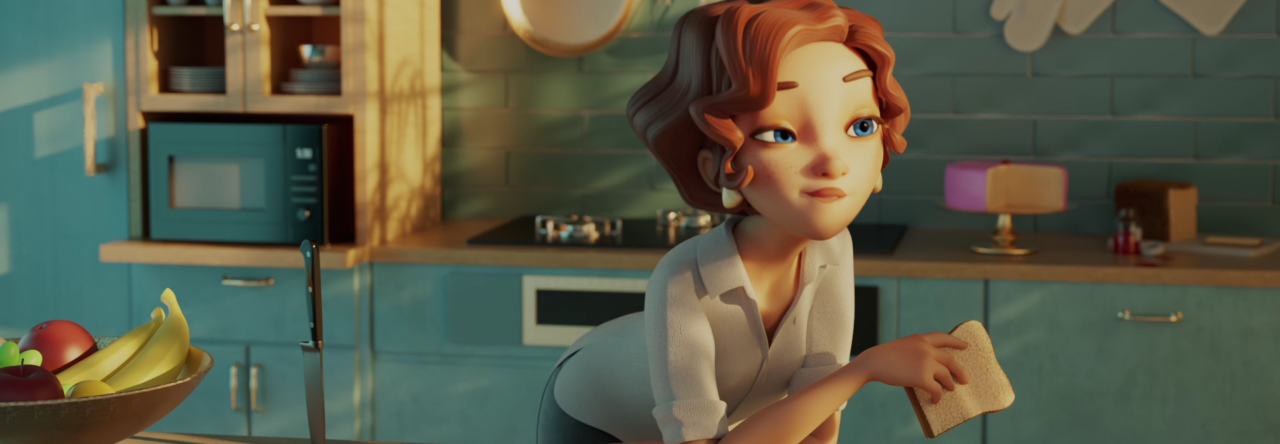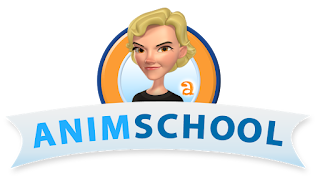Finding bony landmarks in the beginning stages of modeling is essential even in the most stylized characters. They can help add structure and with judging proportions. No matter what body type your character has, the skeletal system stays more or less the same. So whether the character is very anatomically accurate or very stylized, finding these bony landmarks will greatly enhance your model, even if you have to smooth them out some later.
Here are some key bony landmarks to identify:
 1. Clavicle
1. Clavicle
Clavicles are more defined in some than others, but most characters should at least have a hint of them. They are shaped kind of like a handle bar. Also note that the clavicle is not straight across. It actually extends back towards the shoulders at an angle.
2. Costal Cartilage
Costal cartilage connects the sternum and the ends of the ribs. They are what form the ribcage shape that you see on the torso. Again, most characters should at least have a hint of this landmark, especially in thinner or more muscular body types.

3. Spine of Scapula
The back can be a scary place for modelers. There’s a lot going on back there and adding too much detail can end up just looking lumpy or unnecessarily complicated. In most cases though, at least adding the Spine of Scapula can be enough depending on how muscular the character.
4. 7th Cervical Vertebra
If you feel the back of your neck, you will almost definitely find a small bump. This is the 7th cervical vertebra. It is the largest vertebra in your neck. Adding this small landmark can surprisingly make a big difference in enhancing your character.
5. Greater Trochanter

Most people mistakenly think that the widest part of the pelvis region is at the hips, but really it’s right below that at the Greater Trochanter. The Greater Trochanter is a fairly prominent protrusion located at the top of the thighs.
6. Sacral Triangle
The sacral triangle is made up of the sacrum and the posterior superior iliac spines (those two little dimples right above the butt). Those bones usually form a visible triangle and when added to a character can give some much needed structure to that region.
To learn more about anatomy for character modeling from one of the best online animation schools, join us at animschool.com

























